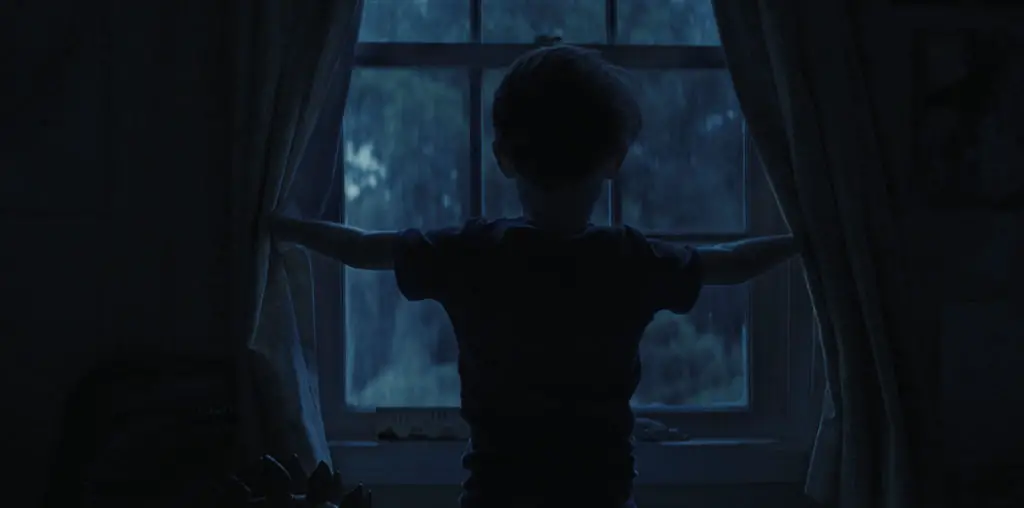
No one ever accused D.W. Griffith of racial sensitivity, but to his credit he opted to call his 1919 feature “Broken Blossoms” instead of using the title of the Thomas Burke short story that inspired the movie: “The Chink and the Child.” Which is not to say that Griffith was entirely progressive in his view of the Chinese. The main character, Cheng Huan, is constantly referred to as “The Yellow Man” in the intertitles while he is called “Chinky” as an affectionate nickname. Ugh!
But the fact that Griffith made a film with a sympathetic Chinese character in 1919 was no mean feat, given the violent racist attitudes towards the Chinese immigrants and Chinese-Americans of that distant era. Okay, so a white actor in bad make-up played Cheng Huan. And the hint of interracial romance is crushed almost as quickly as it is proposed. Nonetheless, “Broken Blossoms” was a progressive movie for its day.
Which is not to say it is progressive today. It’s actually a soppy, Victorian melodrama about a poor London waif who escapes her brutal prizefighter father and takes refuge in the shop of a depressed Chinese immigrant. It is fairly obvious where the story is going to head, and when it gets to its conclusion there is no surprise at the outcome.
The main problem is not the racial issue, but the age issue. The girl is supposed to be 15, but actress Lillian Gish (23 at the time) was unable to parlay the illusion of extreme youth. It’s a game performance, running the gamut from pathetic weeping to little kitten eye-blinking, and it’s capped by a harrowing sequence with the girl screaming for her life as her abusive father goes in for the kill. But Gish cannot bridge the age gap, and instead of capturing the essence of a frightened child she comes across as a woman behaving very, very strangely.
Donald Crisp (never the most subtle actor) shamelessly overacts as the abusive father while Richard Barthelmess, as Cheng Huan, plays the role with such inscrutability that he often seems asleep on his feet.
Cinema students might find historic value in “Broken Blossoms,” both in terms of its racial attitudes and in tracking Griffith’s career – and on those terms, it demands to be seen. But by contemporary entertainment standards, the film has problems holding up.
